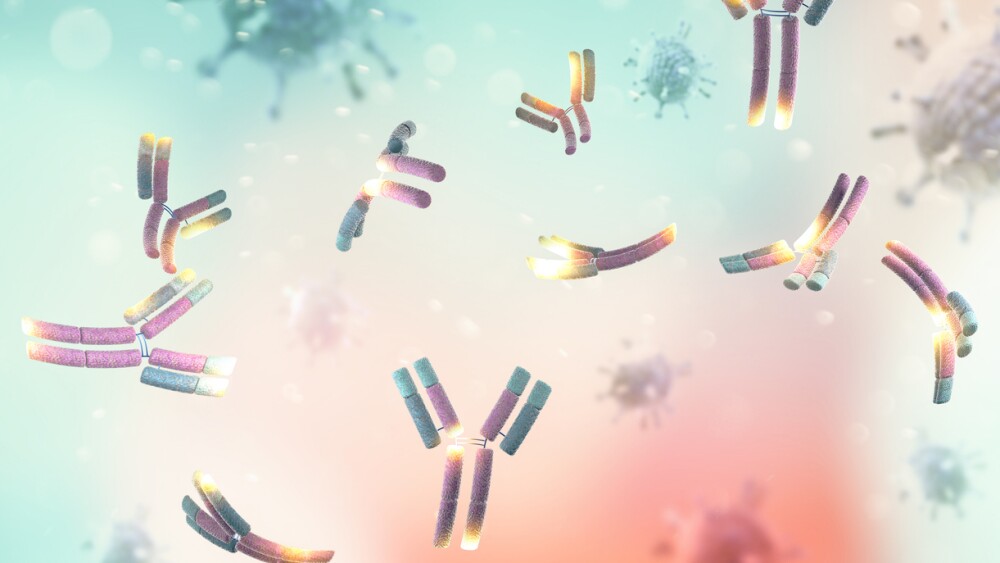AbbVie’s $10.1 billion ImmunoGen buy and Altimmune’s Phase II win demonstrate that the antibody-drug conjugate market is red hot in cancer and GLP-1 drugs for weight loss are an absolute craze.
With just a month left in what has been a challenging year for biopharma, two product categories that remain rock steady are antibody-drug conjugates and glucagon-like peptide 1 agonists. Targeted toward the cancer and diabetes/weight loss markets, respectively, ADCs and GLP-1 drugs are not new technologies—the first FDA approval of an ADC came in 2000 and GLP-1s were first introduced in 2010—but subsequent advancements and regulatory green lights have cemented their place in the industry.
The rise of ADCs with their targeted and potent cytotoxic payloads are transforming cancer treatment. Last year, BioSpace took a look at how, amid waves of biotech layoffs, ADC developers such as ImmunoGen were thriving. This week, ImmunoGen’s ship came in as AbbVie agreed to acquire the Waltham, Mass.-based company for $10.1 billion. AbbVie gains access to ImmunoGen’s FDA-approved Elahere ADC for platinum-resistant ovarian cancer and a pipeline of promising next-generation ADCs.
The multibillion-dollar deal comes the same week AbbVie scored a Phase II win for its investigational c-Met protein directed ADC in patients with previously treated non-small cell lung cancer. While AbbVie’s Teliso-V is not approved by any regulatory authority and its safety and efficacy have not been established, it could become the first ADC targeting c-Met to be approved by the FDA. AbbVie will discuss with global health authorities the potential to support an accelerated approval.
So, where does ADC technology go from here? Despite their payload targeting, these novel agents come with their share of challenges. “Even very, very stable ADCs have toxicity problems,” according to Nathan Tumey, associate professor at the School of Pharmacy and Pharmaceutical Sciences at Binghamton University. BioSpace this week examined the next-generation of ADCs that are striving to overcome these toxicities and payload problems.
If the ADC market is red hot in cancer, then the GLP-1 market is a full-fledged weight loss drug craze fueled by the FDA’s approval of Eli Lilly’s obesity drug Zepbound (tirzepatide) earlier this month and Novo Nordisk’s phenomenal success with Wegovy (semaglutide).
While there are currently no head-to-head randomized clinical studies pitting these two therapies against each other, a comparative analysis of electronic health records by healthcare data and analytics firm Truveta found that tirzepatide might be a better choice than semaglutide. These are interesting real-world data. The caveat is that the research, its methods, results, analysis and conclusions have yet to be peer reviewed.
Among the most common side effects of Novo’s Wegovy and Lilly’s Zepbound injections are nausea, diarrhea, abdominal pain, vomiting and constipation. Apparently, these are problems also shared by oral GLP-1 drugs.
Pfizer announced Friday that while its twice-daily oral GLP-1 candidate met its primary endpoint in a Phase IIb obesity trial, danuglipron resulted in high rates of adverse events including nausea, vomiting and diarrhea. The company said the twice-daily danuglipron formulation “will not advance into Phase III studies.” Future drug development will focus on a once-daily form, with data coming in the first half of 2024.
Finally, Altimmune this week scored a Phase II win showing that its investigational GLP-1/glucagon dual receptor agonist pemvidutide induced strong weight loss in adults with overweight or obesity. Patients treated with Altimmune’s pemvidutide saw up to 15.6% weight loss, and nearly a third of those taking the highest dose lost at least 20% of their body weight.
Greg Slabodkin is the News Editor at BioSpace. You can reach him at greg.slabodkin@biospace.com. Follow him on LinkedIn.






